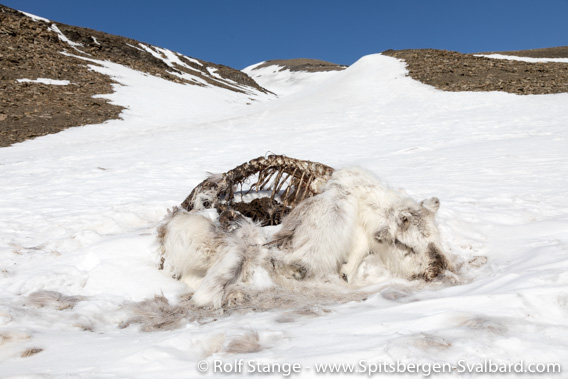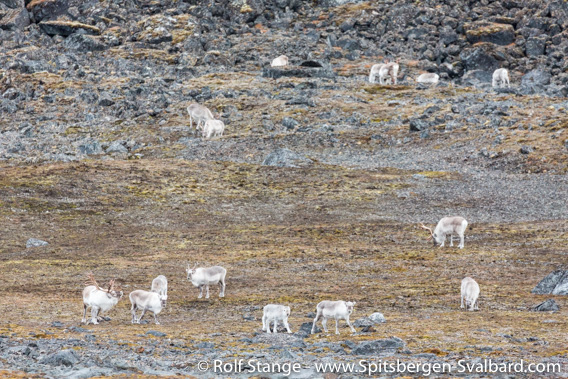-
current
recommendations- Liefdefjord
New page dedicated to one of Spitsbergen's most beautiful fjords. Background information and many photos.

- New Spitsbergen guidebook
The new edition of my Spitsbergen guidebook is out and available now!

- Liefdefjord
New page dedicated to one of Spitsbergen's most beautiful fjords. Background information and many photos.
Seitenstruktur
-
Spitsbergen-News
- Select Month
- April 2024
- March 2024
- February 2024
- January 2024
- December 2023
- November 2023
- October 2023
- September 2023
- August 2023
- July 2023
- June 2023
- May 2023
- April 2023
- March 2023
- February 2023
- January 2023
- December 2022
- November 2022
- October 2022
- September 2022
- August 2022
- July 2022
- June 2022
- May 2022
- April 2022
- March 2022
- February 2022
- January 2022
- December 2021
- November 2021
- October 2021
- September 2021
- August 2021
- July 2021
- June 2021
- May 2021
- April 2021
- March 2021
- February 2021
- January 2021
- December 2020
- November 2020
- October 2020
- September 2020
- August 2020
- July 2020
- June 2020
- May 2020
- April 2020
- March 2020
- February 2020
- January 2020
- December 2019
- November 2019
- October 2019
- September 2019
- August 2019
- July 2019
- June 2019
- May 2019
- April 2019
- March 2019
- February 2019
- January 2019
- December 2018
- November 2018
- October 2018
- September 2018
- August 2018
- July 2018
- June 2018
- May 2018
- April 2018
- March 2018
- February 2018
- January 2018
- December 2017
- November 2017
- October 2017
- September 2017
- August 2017
- July 2017
- June 2017
- May 2017
- April 2017
- March 2017
- February 2017
- January 2017
- December 2016
- November 2016
- October 2016
- September 2016
- August 2016
- July 2016
- June 2016
- May 2016
- April 2016
- March 2016
- February 2016
- January 2016
- December 2015
- November 2015
- October 2015
- September 2015
- August 2015
- July 2015
- June 2015
- May 2015
- April 2015
- March 2015
- February 2015
- January 2015
- December 2014
- November 2014
- October 2014
- September 2014
- August 2014
- July 2014
- June 2014
- May 2014
- April 2014
- March 2014
- February 2014
- January 2014
- December 2013
- November 2013
- October 2013
- September 2013
- August 2013
- July 2013
- June 2013
- May 2013
- April 2013
- March 2013
- February 2013
- January 2013
- December 2012
- November 2012
- October 2012
- September 2012
- August 2012
- July 2012
- June 2012
- May 2012
- April 2012
- March 2012
- February 2012
- January 2012
- December 2011
- November 2011
- October 2011
- September 2011
- August 2011
- May 2011
- April 2011
- March 2011
- February 2011
- January 2011
- December 2010
- November 2010
- September 2010
- August 2010
- July 2010
- June 2010
- May 2010
- April 2010
- March 2010
- February 2010
- November 2009
- October 2009
- August 2009
- July 2009
- June 2009
- May 2009
- April 2009
- March 2009
- February 2009
- January 2009
- December 2008
- November 2008
- October 2008
- August 2008
- July 2008
- June 2008
- May 2008
- April 2008
- March 2008
- February 2008
- April 2000
- Select Month
-
weather information

| THE Spitsbergen guidebook |
Home → * News and Stories → Spitsbergen-reindeer: new and complete population count
Spitsbergen-reindeer: new and complete population count
The Spitsbergen-reindeer, also known as Svalbard-reindeer, has seen a lot of ups and downs since it came to Spitsbergen from the Russian Arctic thousands of years ago. It became a sub-species on its own which is not found anywhere outside Svalbard. Nevertheless, it was hunted almost to extinction until it was finally protected by the Norwegian government in 1925 – soon after the Spitsbergen Treaty had given Norway the power to do this. Estimates of the reindeer population from the early 20th century are a mere 1000 animals – for the whole Spitsbergen archipelago!

Spitsbergen-reindeer: two strong males. Straumsland, east Spitsbergen.
Spitsbergen reindeer can disperse, and while doing so, they can cross glaciers, solid fjord ice and even drifting sea ice. Otherwise, they would obviously never have made it to Spitsbergen in the first place. But as long as they are happy in a given area, they tend to stay where they are, so it can take many decades until they re-populise remote areas where they became extinct in the past.
The local populations are subject to strong dynamics. Weather extremes are an important factor: in bad years, when strong rainfall on snow-covered ground in the winter with subsequent freezing covers the tundra with a layer of ice, many reindeer can starve to death later when the fat reserves are used up and the vegetation is still under ice. This is especially the case when the population is actually already too big for the area. In Adventdalen near Longyearbyen, the population has doubled in the last 10 years.
Other reindeer may die during accidents in steep and slippery terrain after winter rainfall. In the winter of 2018-2019, several reindeer died in the vicinity of Longyearbyen, where strong rainfall occurred in December. Some had obviously fallen down steep slopes, while have probably starved to death later. In such cases, local populations may experience a significant decrease. If such episodes happen several times over subsequent years, it may even lead to local exctinction. The event of the 2018-19 did, however, not have significant consequences for the local population.

Dead Spitsbergen-reindeer at Operafjellet, east of Longyearbyen:
the exact cause of death is unknown, but either falling down from a steep, icy slope or starvation are likely.
On the other hand, the population may increase again quickly in good years. In spring 2017, for example, reindeer in Adventdalen increased quickly again in numbers due to favourable conditions.
Next to weather fluctuations, climate change is an important factor on a longer time scale, moving from months and single years (weather) up to decades (climate): an increasing frequency of strong winter rainfall may make life more difficult for reindeer, while more luxurious growth of tundra vegetation can provide more food, supporting a bigger population. Currently it seems as if Spitsbergen reindeer benefit from increased vegetation growth at least in some areas. On top of that comes the population recovery after the ban on hunting in 1925, a development that is probably still going on as reindeer continue to move back to areas where there were no reindeer in decades during the 20th century.
It becomes evident that reindeer population dynamics are a complex matter which is influenced by a number of factors. Reason enough to have a good look at the current population. Earlier estimates where rather fragmental in space and time. Now, a team of scientists made a proper census for the whole Svalbard archipelago. Proper counts where completed with distance sampling of transects where necessary to cover large and mostly rather inaccessible areas. The group around biologist Mathilde Le Moullec has now published their results in The Journal of Wildlife Management.

Unusually large group of reindeer in Krossfjord, an area where reindeer did not exist during decades or even centuries.
The key message: the total population of reindeer in Svalbard is now estimated at a good 22,000 animals. The “exact” number is 22,435, with a 95% confidence interval from 21,452 to 23,425. In 2009, the number was still estimated between 10,000 and 11,000. Today’s larger number may at least partly have to do with an actually increased population, including an increase in population because of recovery from past excessive hunting, as a consequence of protection in 1925, but the better quality and the more complete spatial approach are certainly also likely to be a significant factor influencing the now updated numbers.
Today, reindeer are even found again in remote areas as Kong Karls Land, where they did not occur over longer periods, although they existed there before Europeans started to frequent Spitsbergen in 1596, when Willem Barentsz discovered the islands.
The population density varies a lot between different areas. Vegetation is believed to be a key factor. In some areas, they may be up to 10 reindeer per square kilometre – locally, even more – while one animal will need the same area or more on its own to find enough food in sparsely vegetated areas such as the polar desert landscape of Nordaustland.
The recent study was published on 04 October: Mathilde Le Moullec et al (2019), A Century of Conservation: The Ongoing Recovery of Svalbard Reindeer. In: The Journal of Wildlife Management, Vol. 83, 1676-1686.
BOOKS, CALENDAR, POSTCARDS AND MORE
This and other publishing products of the Spitsbergen publishing house in the Spitsbergen-Shop.
last modification: 2019-11-06 ·
copyright: Rolf Stange


































